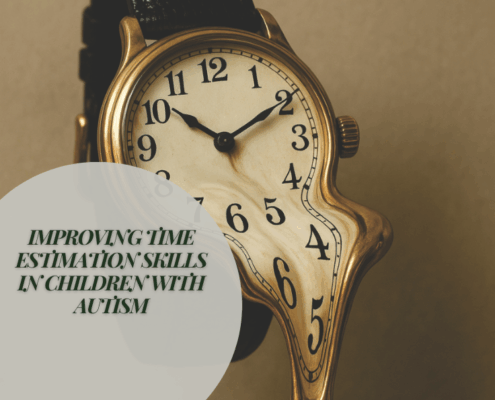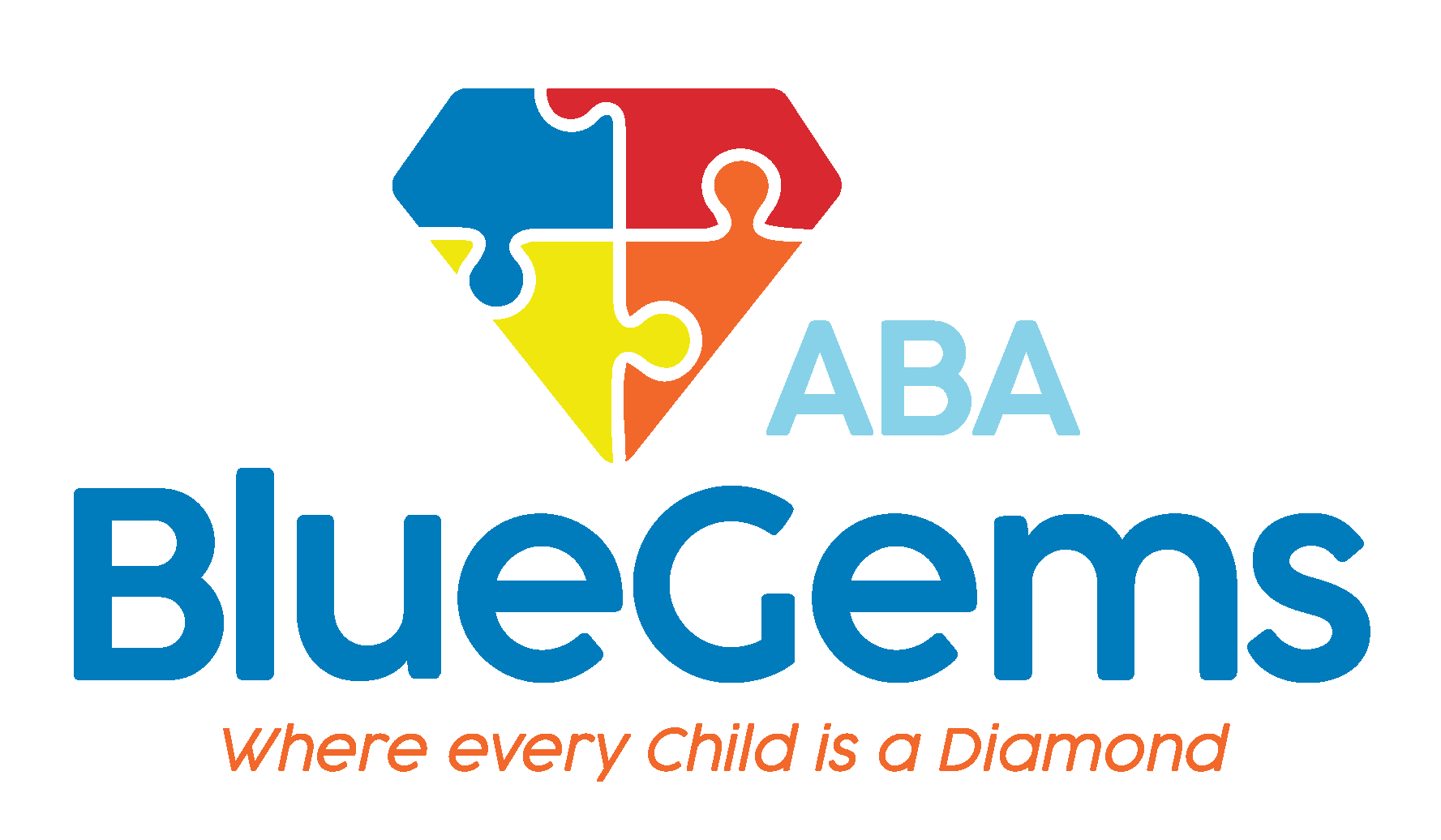
Estrategias ABA para combatir el aburrimiento sin crisis nerviosas
Cuando los niños con trastorno del espectro autista (TEA) se aburren, pueden sufrir crisis emocionales en mayor medida que sus compañeros neurotípicos. Estos arrebatos emocionales pueden ser bastante intensos y surgir aparentemente de la nada.
Dado que cada niño...

Cómo enseña ABA a discrepar con educación
Los desacuerdos forman parte de la vida cotidiana. Ser capaz de sortearlos con éxito tiene un efecto significativo en la vida diaria de una persona, desde las relaciones hasta el progreso escolar o la promoción profesional.
Los niños con espectro autista...

Enseñar límites: "No significa no".
Los niños con trastorno del espectro autista (TEA) suelen tener dificultades para entender lo que es socialmente aceptable. Esto puede hacer que no conozcan ni respeten los límites y el espacio personal de los demás.
Como resultado, pueden tener...

Estrategias ABA para acercarse a nuevos alimentos en los restaurantes
Conseguir que los niños prueben alimentos nuevos puede ser todo un reto para cualquier padre. Esto puede ser aún más difícil para los padres de niños con trastorno del espectro autista (TEA) debido a algunos de los síntomas de su trastorno del neurodesarrollo.
Es...

Mejorar la capacidad de estimación del tiempo en niños con autismo
La estimación y la gestión del tiempo son habilidades fundamentales que las personas necesitan aprender para desenvolverse con éxito a lo largo del día. Estas habilidades se desarrollan gradualmente a medida que el niño crece, pero pueden suponer un gran reto para los niños con espectro autista....

Enseñar a los niños a gestionar cancelaciones inesperadas
Las cancelaciones inesperadas pueden hacer que los niños se sientan emocionalmente abrumados, sobre todo si lo que se cancela es algo que esperaban con ilusión. Si un amigo se pone enfermo inesperadamente y no puede venir a jugar, por ejemplo,...

